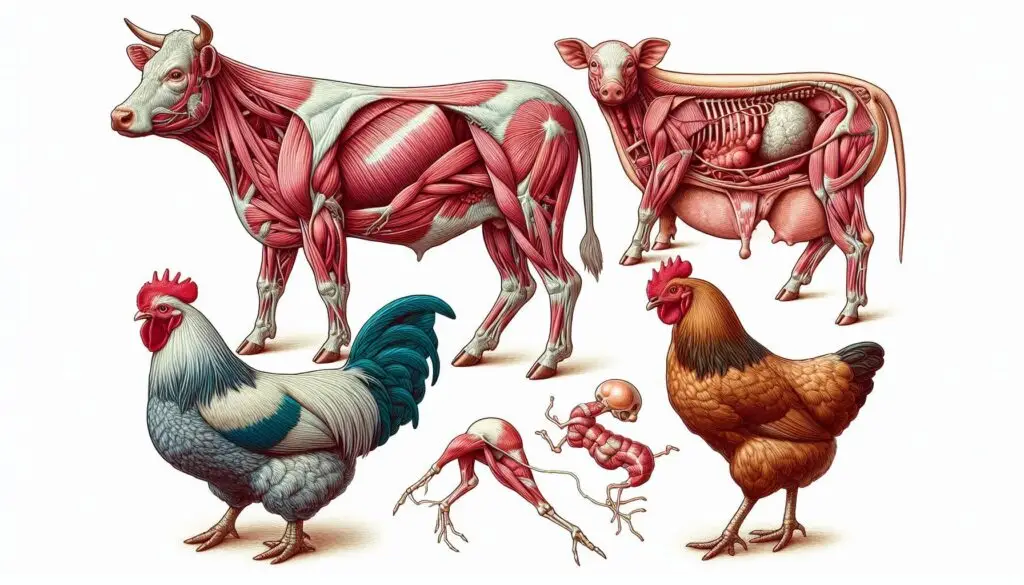Tubal Dysfunction and Pelvic Lesions

Introduction
Tubal dysfunction is a significant factor in female infertility. It occurs when the fallopian tubes, essential for transporting eggs and sperm, become blocked or damaged. Pelvic lesions, such as those caused by endometriosis or pelvic inflammatory disease (PID), often contribute to this dysfunction. Understanding the relationship between these two conditions can help women seeking to conceive.
In this article, we will explore the causes, symptoms, diagnosis, and treatment options for tubal dysfunction and pelvic lesions. We will also provide valuable resources for further reading.
What is Tubal Dysfunction?
Definition of Tubal Dysfunction
Tubal dysfunction refers to any impairment of the fallopian tubes that affects their ability to transport eggs or sperm. This condition can lead to infertility or ectopic pregnancies, where a fertilized egg implants outside the uterus.
Importance of Fallopian Tubes
The fallopian tubes play a crucial role in reproduction. They are the pathways through which eggs travel from the ovaries to the uterus. Sperm also travels through these tubes to meet the egg for fertilization. If these tubes are blocked or damaged, conception becomes difficult.
Common Causes of Tubal Dysfunction
- Pelvic Inflammatory Disease (PID): PID is a leading cause of tubal dysfunction. It often results from untreated sexually transmitted infections (STIs) like chlamydia or gonorrhea. The inflammation can lead to scarring that blocks the tubes. For more information on PID, visit CDC – Pelvic Inflammatory Disease.
- Endometriosis: This condition occurs when tissue similar to the uterine lining grows outside the uterus. Endometriosis can cause blockages in the fallopian tubes due to adhesions or inflammation. Learn more about endometriosis at Endometriosis Foundation of America.
- Previous Surgeries: Surgeries involving the reproductive organs can lead to scar tissue formation. This scar tissue can obstruct the fallopian tubes, making it difficult for eggs and sperm to meet.
- Congenital Abnormalities: Some women may be born with structural issues in their fallopian tubes that predispose them to dysfunction.
- Fibroids: Uterine fibroids can also impact fertility by exerting pressure on the fallopian tubes, leading to obstruction.
Symptoms of Tubal Dysfunction
Recognizing symptoms of tubal dysfunction is essential for early diagnosis and treatment:
Common Symptoms
- Infertility: The most significant symptom is difficulty conceiving after one year of unprotected intercourse.
- Pelvic Pain: Chronic pelvic pain may occur due to underlying conditions like endometriosis or PID.
- Irregular Menstrual Cycles: Changes in menstrual patterns can indicate hormonal imbalances or other reproductive issues.
- Pain During Intercourse: Pain during sex may signal pelvic issues related to tubal dysfunction.
If you experience any of these symptoms, consult a healthcare provider for evaluation.
The Role of Pelvic Lesions in Tubal Dysfunction
What Are Pelvic Lesions?
Pelvic lesions refer to abnormal growths or changes in the pelvic region’s tissues. They can include cysts, fibroids, endometrial tissue outside the uterus (in cases of endometriosis), or scar tissue from previous surgeries.
How Do Pelvic Lesions Affect Fertility?
Pelvic lesions can significantly impact fertility by causing:
Blockages
Lesions can create physical blockages in the fallopian tubes, preventing sperm from reaching the egg or hindering implantation.
Inflammation
Inflammation from lesions can disrupt normal reproductive function and lead to chronic pain syndromes.
Hormonal Imbalances
Certain lesions may affect hormone levels, impacting ovulation and menstrual cycles.
Endometriosis and Its Impact on Fertility
Endometriosis is one of the most common pelvic conditions affecting fertility. According to the American Society for Reproductive Medicine, it affects approximately 10% of women during their reproductive years.
Mechanisms of Infertility Due to Endometriosis
- Adhesion Formation: Endometrial tissue can cause adhesions that distort reproductive anatomy.
- Hormonal Disruption: Endometriosis may lead to hormonal imbalances that affect ovulation.
- Immune System Response: The body’s immune response may attack reproductive tissues, further complicating fertility.
Diagnosis of Tubal Dysfunction and Pelvic Lesions
Initial Evaluation
A healthcare provider will start with a thorough medical history and physical examination. They may ask about menstrual cycles, sexual history, and any previous surgeries or infections.
Diagnostic Tests
Several tests can help diagnose tubal dysfunction:
- Hysterosalpingography (HSG): This X-ray procedure involves injecting a dye into the uterus and fallopian tubes to check for blockages.
- Sonohysterography (SHG): This ultrasound test uses saline injection into the uterus to visualize abnormalities.
- Laparoscopy: A minimally invasive surgical procedure allows doctors to view internal organs directly and assess for endometriosis or adhesions.
- Pelvic Ultrasound: This imaging test helps identify cysts, fibroids, or other abnormalities in the pelvic region.
For more information on diagnostic procedures related to infertility, visit ASRM – Diagnostic Testing.
Treatment Options for Tubal Dysfunction and Pelvic Lesions
Treatment depends on the underlying cause of tubal dysfunction and may include:
Medical Management
- Antibiotics: If PID is diagnosed, antibiotics are essential for treating infections.
- Hormonal Therapy: Hormonal treatments may help manage endometriosis symptoms and regulate menstrual cycles.
Surgical Options
- Laparoscopic Surgery: This minimally invasive procedure can remove adhesions or endometrial tissue affecting fertility.
- Tubal Surgery: In some cases, surgery may be performed to repair damaged fallopian tubes or remove blockages.
- Hysteroscopic Surgery: This technique allows doctors to remove fibroids or polyps within the uterus that could affect fertility.
Assisted Reproductive Technologies (ART)
If surgical options do not resolve tubal dysfunction, assisted reproductive technologies may be necessary:
- In Vitro Fertilization (IVF): IVF bypasses blocked fallopian tubes by fertilizing eggs outside the body and implanting them directly into the uterus.
- Intracytoplasmic Sperm Injection (ICSI): This technique involves injecting a single sperm directly into an egg during IVF procedures.
For detailed information on ART options, refer to Resolve – The National Infertility Association.
Lifestyle Changes That Can Support Fertility
While medical interventions are crucial for treating tubal dysfunction and pelvic lesions, lifestyle changes can also play a supportive role:
Healthy Diet
Eating a balanced diet rich in fruits, vegetables, whole grains, lean proteins, and healthy fats can improve overall health and support reproductive function.
Regular Exercise
Engaging in regular physical activity helps maintain a healthy weight and reduces stress levels—both important factors for fertility.
Stress Management Techniques
Practicing stress-reduction techniques such as yoga, meditation, or mindfulness can improve mental well-being and potentially enhance fertility outcomes.
Avoiding Tobacco and Excessive Alcohol Use
Both smoking and excessive alcohol consumption have been linked to decreased fertility rates in women.
Conclusion
Tubal dysfunction significantly impacts women’s fertility, often linked with pelvic lesions such as endometriosis or PID. Recognizing symptoms early is crucial for effective diagnosis and treatment options ranging from medical management to surgical interventions.
More from Animal Reproduction:
https://wiseias.com/repeat-breeder-cow-syndrome/
https://wiseias.com/anoestrus-in-dairy-cows-causes-effects-and-management/
https://wiseias.com/gynaecological-disorders-livestock-infertility/






Responses